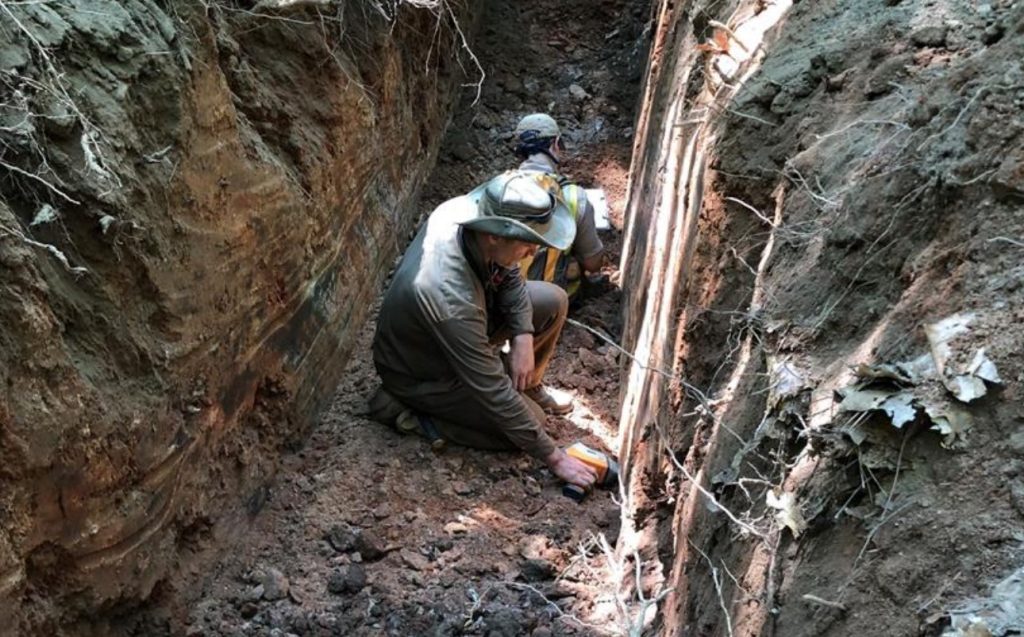South Star Battery receives US$3.2 million U.S. DOD grant

South Star Battery Metals Corp. [TSXV-STS, OTCQB-STSBF] said it has received a US$3.2 million grant ($4.4 million) from the U. S. Department of Defense to support a National Instrument 43-101-compliant feasibility study at the company’s flagship BamaStar graphite project in Central Alabama.
The company said the feasibility study will incorporate a vertically integrated lithium-ion battery-grade anode manufacturing facility in the southeast corridor of the U.S. It will also cover all aspects of the BamaStar graphite mine from upstream mining operations to the downstream manufacturing of finished commercial battery-ready graphite products, while detailing all important and essential related information, including operational, financial, commercial graphite performance data, and environmental, social governance criteria.
South Star said its planned battery-grade products will include a broad range of products from coated spherical purified graphite active anode materials for Li-ion battery applications to conductivity-enhancement products for use in all major primary and secondary battery chemistries.
South Star shares were unchanged at 72 cents. The shares trade in a 52-week range of 82 cents and 37.5 cents.
South Star Battery Metals is focused is focused on the acquisition and development of near-term production projects in the Americas. It’s Santa Cruz Graphite project in Southern Bahia, Brazil, is the first of a series of industrial and battery metals projects that will be put into production.
The company said Santa Cruz will be the first new graphite production in the Americas since 1996, with Phase 1 commercial production targeted for January, 2024. Phase 2.0 production (25,000 tonnes annually) is partially funded and planned for 2026. Phase 3.0 (50,000 tonnes annually) is scheduled for 2028.
The BamaStar project is a historic mine that was active in World Wars 1 and 11. Testing indicates a traditional crush/grind/flotation concentration circuit that achieved grades of approximately 94-97% Cg with approximately 86% recoveries.
The project is estimated to contain an un-constrained inferred mineral resource (1.1% Cg cut-off grade) of 540,000 tonnes of in-situ graphite (2.4% Cg) in the Central and North zones.
Graphite is an industrial mineral that has long been associated with steel manufacturing, lead pencils and golf clubs, but is now a key ingredient used in the production of electric vehicles.
Graphite is the anode material in a lithium-ion battery and is the single largest component by weight. There are no substitutes, and almost all of it comes from China So, if electric vehicle manufacturers like Tesla Motors Ltd. [NASDAQ-TSLA] and Volkswagon succeed in meeting just a fraction of their widely publicized sales targets, it goes without saying that more graphite mines will be needed to support the required lithium-ion battery production.
Graphite is not a homogenous commodity. It occurs in three forms, including flake, amorphous and vein/lump. Flake graphite commands the highest prices and has the widest range of end uses, including battery production.
